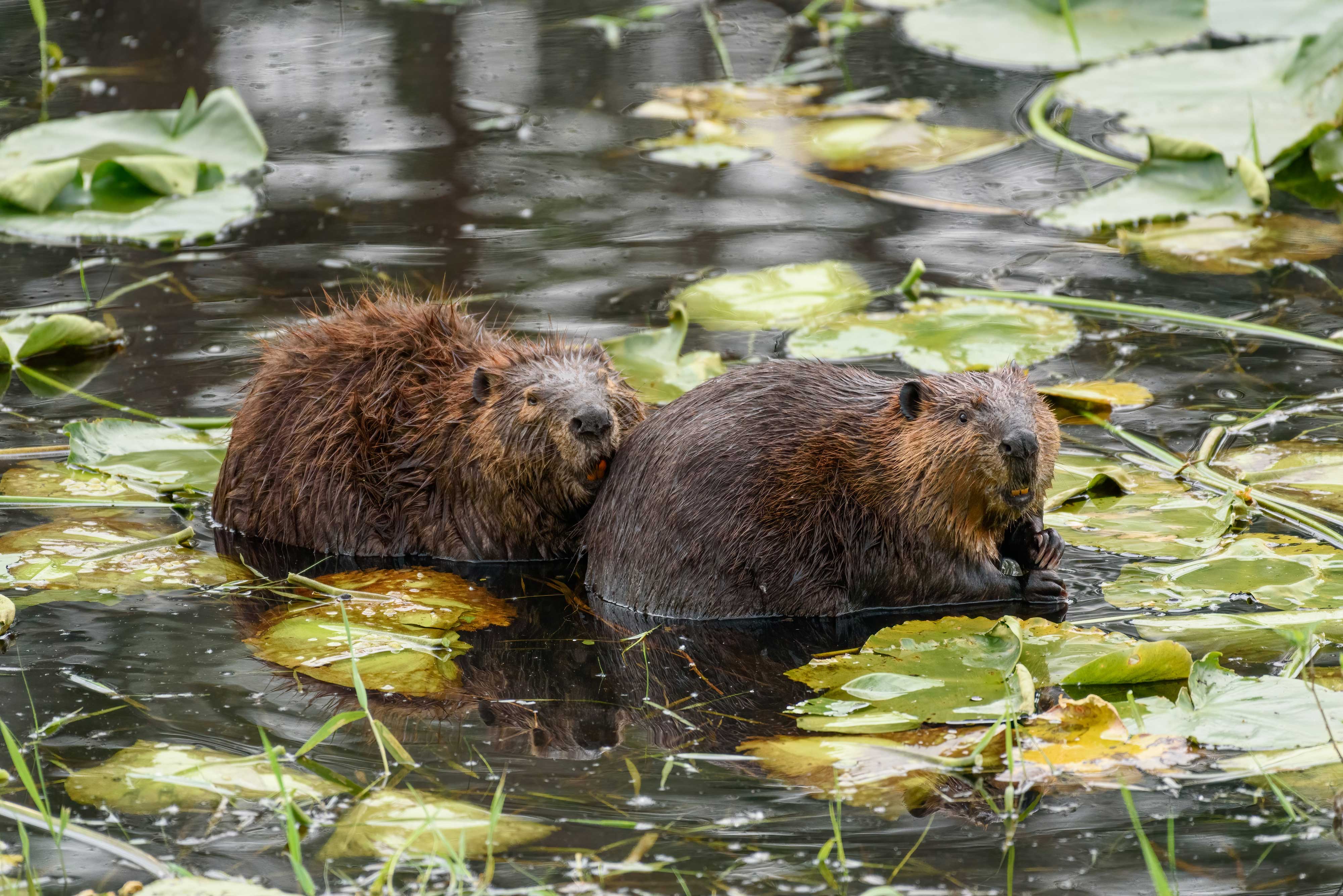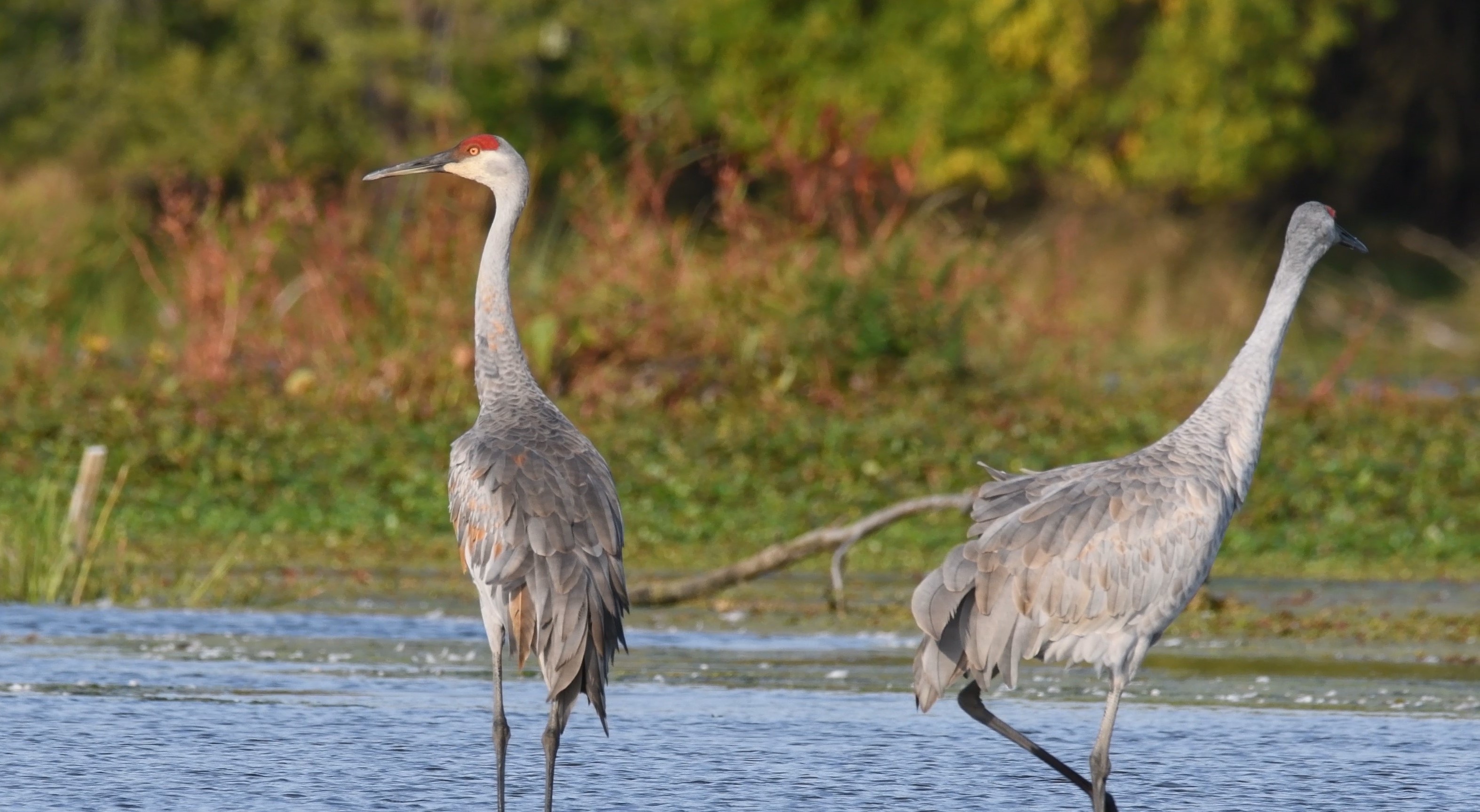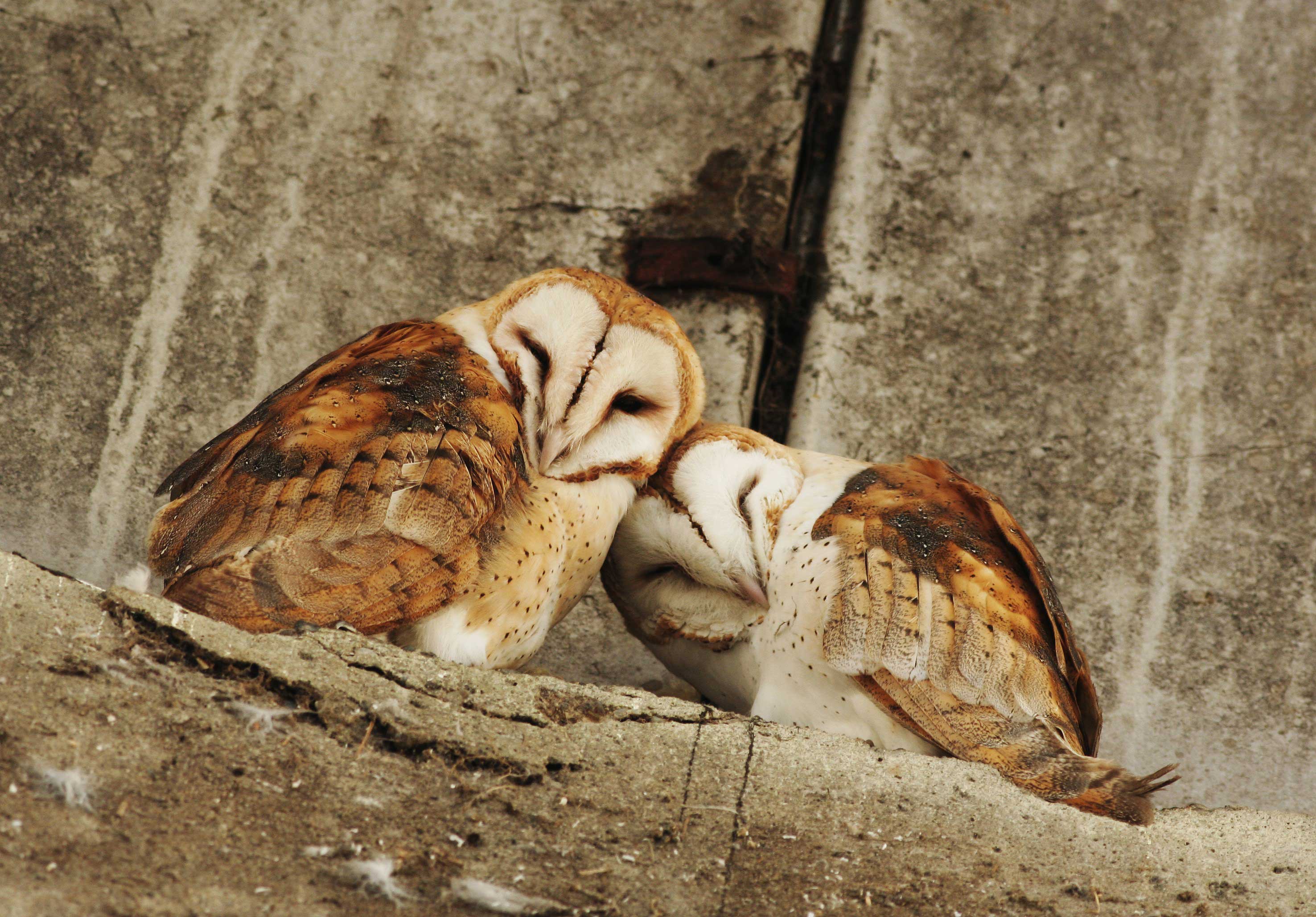| Story by Megan McMahon |
2/11/2022
Love is a many-splendored thing, but it may be mostly a human thing, too.
There are, of course, different kinds of love. The love we have for our romantic partners is different than the love we have for our children. But do animals love their mates or their offspring like we do?
It’s hard enough to define love among humans, so understanding love among animals is a tough nut to crack. But we know that some animals grieve the loss of members of their family groups and some are fiercely protective of their offspring, two defining characteristics of human love. And some animals pick a mate and stick with them for life, another behavior that is often considered uniquely human.
It would make perfect sense to us humans that lovebirds, a kind of parrot, mate for life, and they really do, Smithsonian Magazine reports. Continued monogamy between pairs of lovebirds is actually essential to the social structure of their flocks. But do they truly love their partner? And why do they choose a mate for life while so many others do not?
Through researching monogamous relationships in animals, scientists have identified different types of monogamy, according to Live Science. Animals that are sexually monogamous breed and reproduce with only one mate at a time, while animals that are socially monogamous pair off and raise offspring together but may also breed with other animals during the course of their “relationship.”
Social monogamy is incredibly common among birds, with about 90% of bird species raising offspring with just one partner but many reproducing with other birds as well, Live Science reports. Among mammals, however, monogamy is quite rare, with only between 3% and 5% of mammals known to mate for life, Live Science reports.
Scientists don’t understand why some animals choose to mate for life while most do not, but one common theory is that monogamy was adopted as a strategy by animals that have a better chance of surviving to maturity if both the mother and the father have a role in raising them, Live Science. This makes sense on its face, but there are known examples of animals that are monogamous despite the fathers playing no part in raising the offspring.
It’s safe to say that even among strictly monogamous animals, it isn’t necessarily love as we know it that keeps them together. And how they show their affection isn’t something we can relate to as humans either. We wouldn’t recognize their courtship displays, and they certainly wouldn’t recognize ours.
Here’s is a non-exhaustive list of some of our local wildlife that mate for life and how they choose a partner and raise their offspring.

)
)
)
)
)
)
)
)